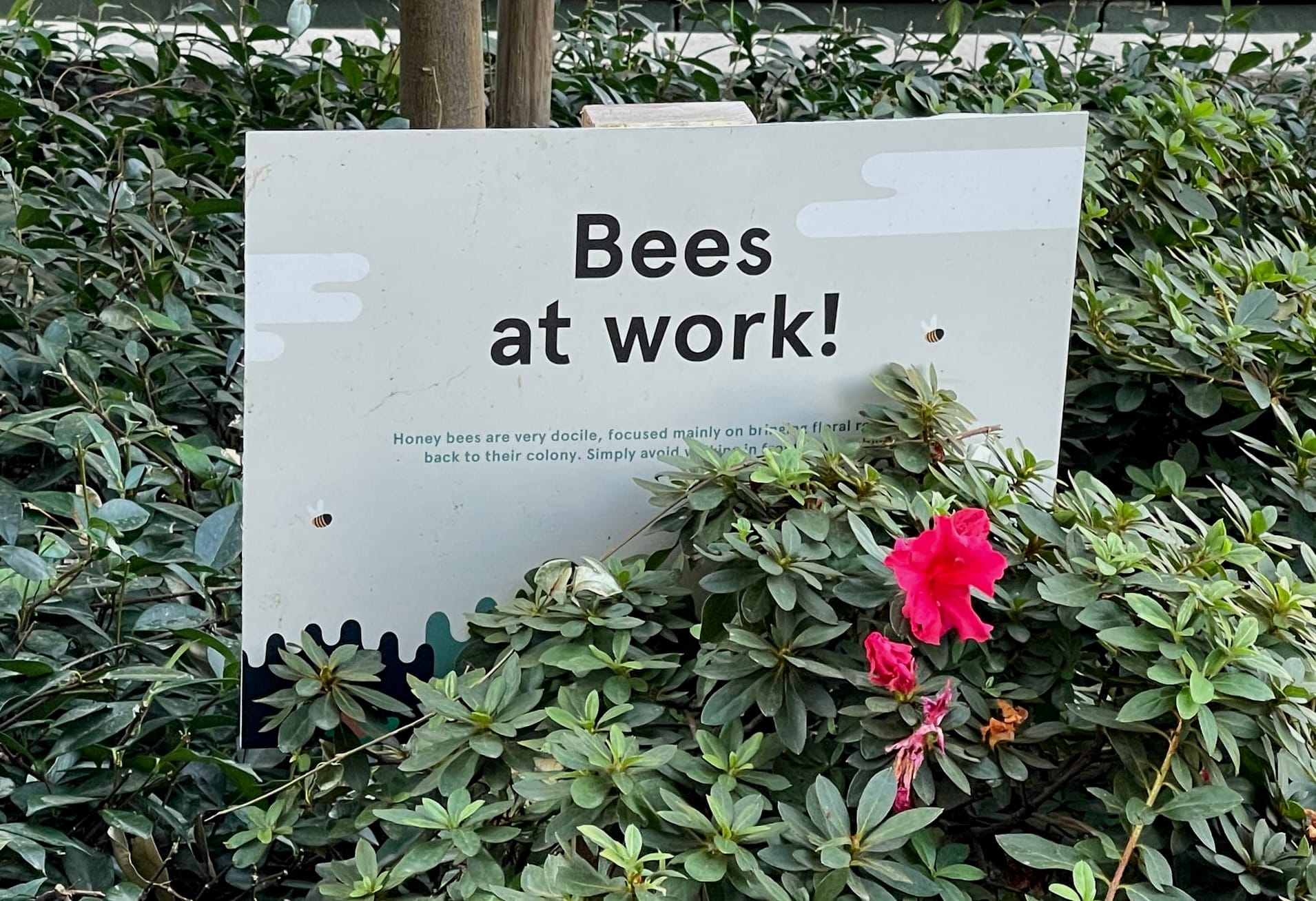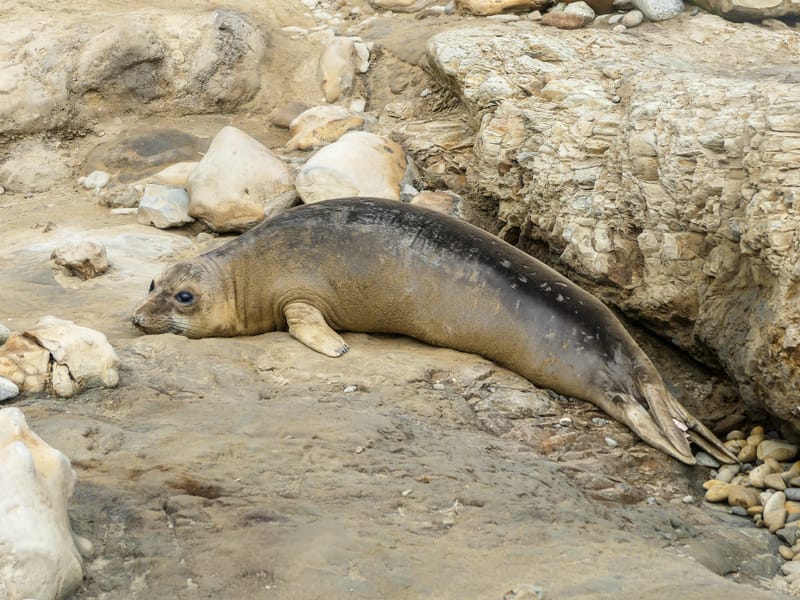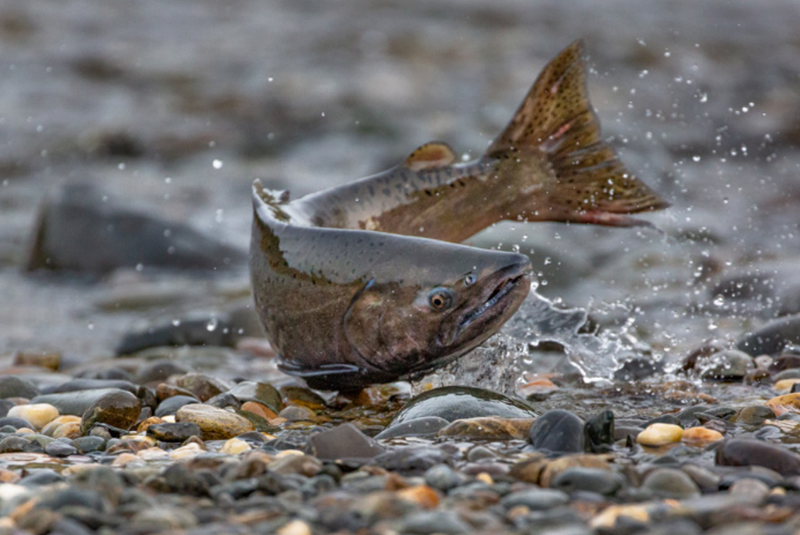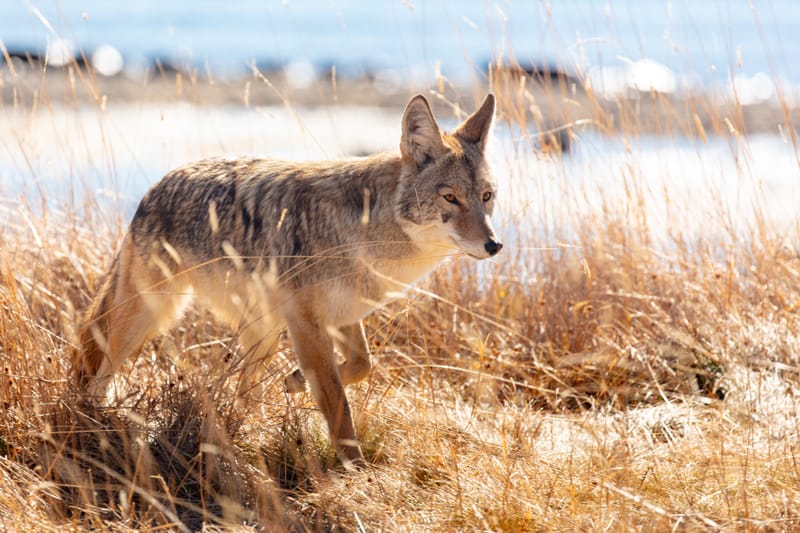California bee protection laws: Complete guide (2025)
Learn about California’s official regulations for protecting bees during pesticide use. This guide breaks down CCR §6980–§6984, including citrus bloom rules, required notifications, and beekeeper rights.

Why Bee Protection Laws Exist in California
Pollinators, especially honeybees, are essential to California's agriculture, playing a crucial role in the health and productivity of many crops. To balance the use of pesticides with the protection of these pollinators, the California Department of Pesticide Regulation (CDPR) enforces a specific set of rules under Title 3 of the California Code of Regulations.
These laws are intended to ensure that pesticide applications minimize harm to bees, particularly during active pollination periods. Special focus is placed on areas such as the San Joaquin Valley, where citrus bloom and commercial beekeeping operations often overlap.
Rules for Using Bee-Toxic Pesticides
What Does "Toxic to Bees" Mean?
A pesticide is considered "toxic to bees" if its product label explicitly states the phrase "toxic to bees". This classification remains true even if the label includes additional modifying words.
“Pesticides toxic to bees are those that include the words 'toxic to bees' on the product labeling, regardless of modifying words on the label.” (California Code of Regulations § 6980(a))
Notification for Nearby Bee Operators
Before applying pesticides labeled toxic to bees to plants in bloom, applicators must check if bee operators ("apiary operators") within one mile have requested advance notice. This information is available from county agricultural commissioners.
If advance notice has been requested, applicators must inform bee operators at least 48 hours before applying the pesticide. Notification must include:
- Exact date, time, and location of application
- Type of crop and the acreage involved
- How the pesticide will be applied
- The pesticide's active ingredients and dosage
- Contact details of the person or company performing the pest control work
Bee operators wishing to receive these notifications must inform their county agricultural commissioner each year during registration. This registration request is valid only until December 31 of each year and must be renewed annually.
“Each apiary operator...who desires to receive advance notification of pesticide applications toxic to bees...shall inform the commissioner when...register[ing] in that county.” (§ 6982(a))
Special Rules for Citrus Growing Areas (Fresno, Kern, Tulare Counties)
The Citrus/Bee Protection Area Explained
Due to the high overlap between commercial bee operations and citrus agriculture in the San Joaquin Valley, special rules apply within these counties (Fresno, Kern, Tulare) from March 15 through May 31 each year. This designated area is defined as any location within one mile of a citrus planting of one acre or more.
Understanding the Citrus Bloom Period
The citrus bloom period, a critical time when bees pollinate citrus trees, is officially determined as follows:
- It begins when 10% of blossoms are open.
- It ends when 75% of petals have fallen from blossoms on the north side of the citrus trees.
County agricultural commissioners publicly announce the official bloom period dates for each district at least three days in advance.
“The citrus bloom period...shall be from when 10 percent of the total citrus blossoms are open until 75 percent of the blossom petals on the north side of the trees have fallen.” (§ 6984(b))
Specific Rules During Citrus Bloom
During this officially declared bloom period:
- Bee operators must file notices of their apiary locations with the commissioner by March 15, updating within 72 hours if locations change.
- Pesticides labeled toxic to bees generally cannot be applied without following strict advance notification requirements (48 hours prior).
- Certain pesticides, especially harmful to bees, are completely banned during this period. Specifically, Carbaryl applications are prohibited from first bloom until all petals have fallen.
- Exceptions are allowed for applications conducted when bees are inactive, or when treating specific pests approved by agricultural advisors or the state.
- After the citrus bloom period officially ends, applicators must wait 48 hours before pesticide applications can resume without notifications.
Exemptions: Vector Control Activities
An exemption exists for local government vector control (mosquito and pest control) programs. If these agencies apply pesticides diluted in at least half a gallon of water per acre under an agreement with the California Department of Health Services, they are exempt from bee protection notification rules.
“Pesticides diluted in one-half gallon of water or more per acre applied by local vector control agencies...are exempt from the requirements of this article.” (§ 6981)
Who Bee Protection Laws Laws Apply To and Why They Matter
These regulations are most relevant for:
- Beekeepers, who can request notification before pesticide use.
- Pesticide applicators, who must follow specific protocols.
- County agricultural commissioners, who coordinate compliance and communication.
Understanding the flow of responsibilities is key to compliance and pollinator protection.
Frequently Asked Questions (FAQs)
Q: What if I miss the 48-hour notification deadline? A: You must reschedule the application and re-notify affected apiary operators with the new date and time.
Q: Do I need to notify if bees aren’t flying? A: Only if your pesticide label says "toxic to bees" and bees are active. If spraying at night or when it’s cold (under 50°F), you may qualify for an exemption—but check carefully.
Q: How do I register or update my apiary location? A: Contact your county agricultural commissioner. Forms must be submitted before March 15, and any move must be reported within 72 hours.
Q: What about emergency pest situations? A: There are exceptions if a quarantine is declared or pests like citrus thrips are active. These require documentation from a licensed expert.






